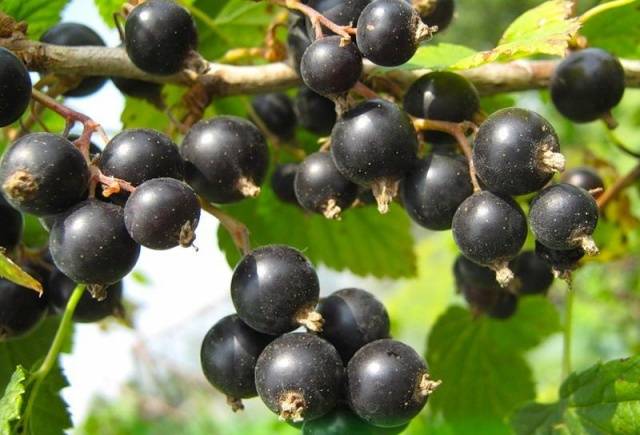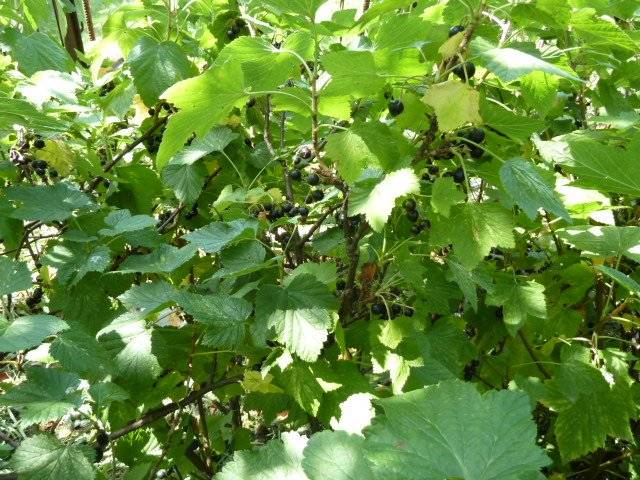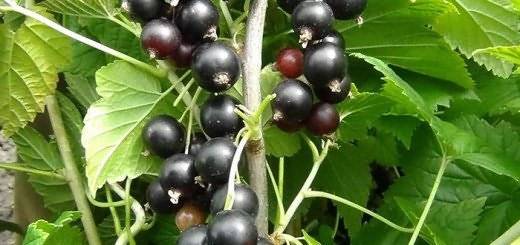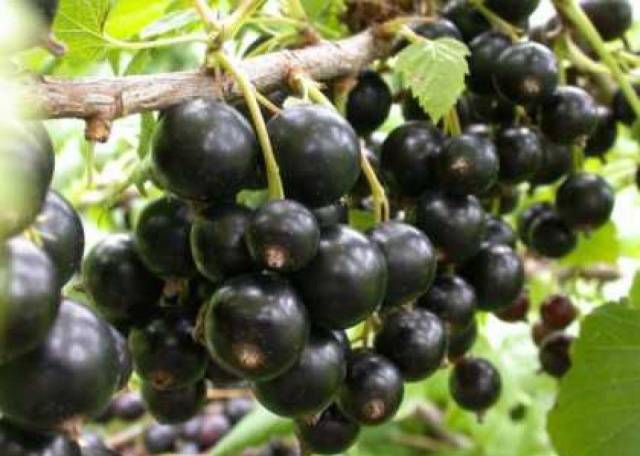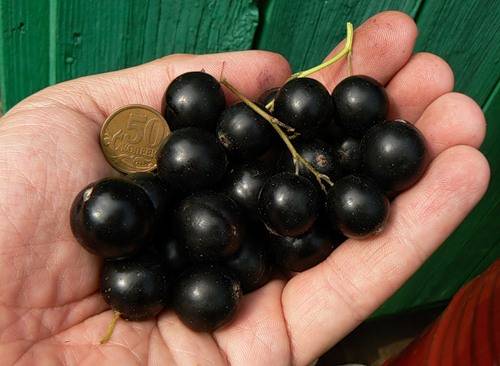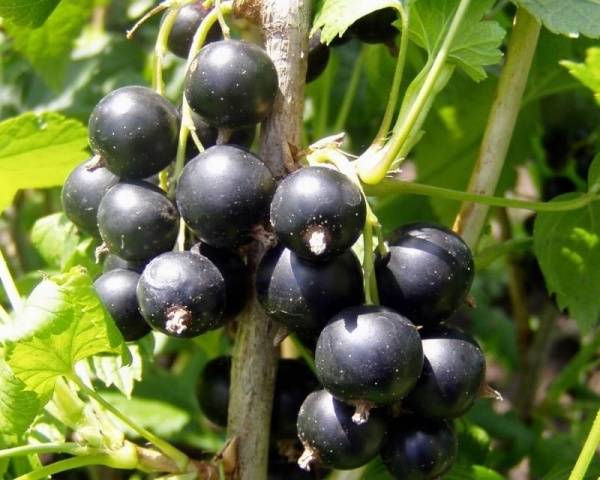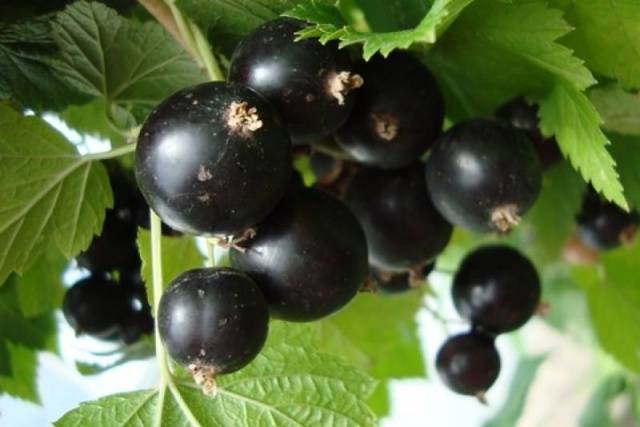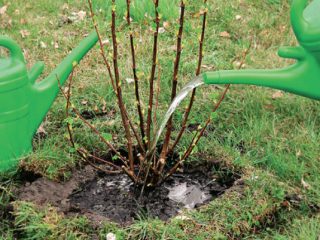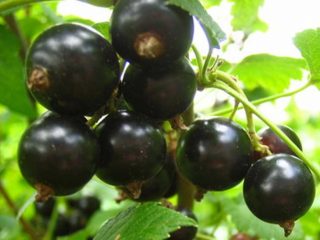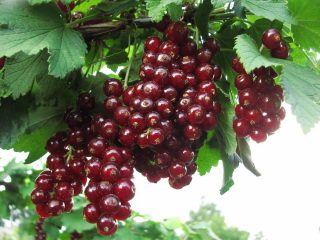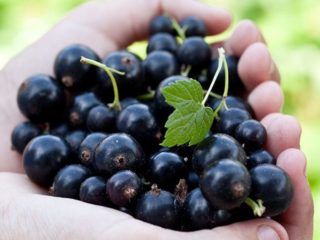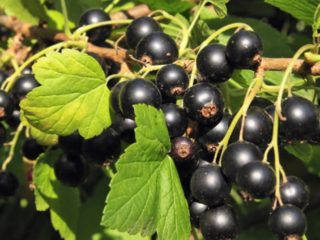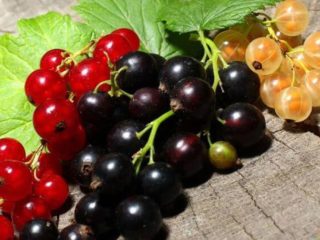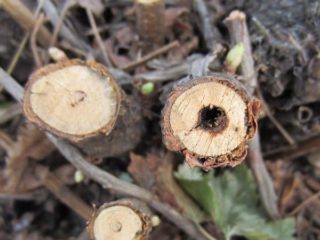Content
Black currants have been cultivated in Russia for more than a thousand years - this berry bush has been known since the times of Kievan Rus. And over all these years, it has enjoyed undiminished popularity due to its high content of vitamins and the indescribable aroma that comes from both its fruits and leaves. Any new owner of a garden or summer cottage first buys currant seedlings and dreams of good harvests of tasty and healthy berries. But much in growing black currants depends on the correct choice of variety that would produce crops in any, very diverse climatic conditions of our large country. At the same time, every gardener strives to find a variety for himself that would be tasty, productive, and at the same time would not require any special hassle in caring for it.
In this case, it is worth taking a closer look at the blackcurrant variety with the interesting name Bagheera. It has been known for quite a long time, but has not yet lost its leading position in the abundance of berry varieties. You can find a description of the time-tested currant variety Bagheera, as well as photos and reviews of those who have dealt with this berry in this article.
History of creation
The blackcurrant variety Bagira was obtained by crossing the Swedish variety Bredtorp and the Belarusian variety Minai Shmyrev.The case took place back in 1985 at the All-Russian Research Institute of Horticulture named after I.V. Michurin, located in the Tambov region. The authors of the variety are considered to be famous Russian breeders K. D. Sergeeva and T. S. Zvyagina.
At the same time, an application for variety testing was submitted, and only almost 10 years later, in 1994, Bagira blackcurrant was included in the State Register of Breeding Achievements of Russia. It is noteworthy that this particular blackcurrant variety, one of the few, was zoned for six very diverse regions of Russia:
- Northwestern;
- Volgo-Vyatsky;
- Middle Volga;
- Ural;
- West Siberian;
- East Siberian.
This wide range of regions recommended for growing this blackcurrant variety is due to its particular resistance to both heat and dry conditions, and frost.
Description of the variety
Bagheera black currant bushes are characterized by medium vigor and medium spreading. They can reach two meters in height. There are quite a lot of leaves on the branches, so the bushes cannot be called sparse, but rather, on the contrary, dense.
Young growing shoots are straight, medium-sized and light green in color. Lignified shoots have a yellowish tint, which can turn brown in the upper part of the branches.
Medium-sized sessile single buds have an ovoid-elongated shape with a pointed apex. Their color is golden brown.
The leaves have a standard five-lobed shape with a wavy edge and are medium in size. The color varies from light green to a green tint. The surface of the leaves is smooth, leathery, matte. The leaf petioles have a slight anthocyanin color with slight pubescence.
Sometimes the leaves remain on the bushes until the first frost and even go under the snow with them. This property can be very useful for people who enjoy tea made from blackcurrant leaves, as they have a long-term ability to stock up on them for the long winter. In addition, blackcurrant leaves are often used for pickling many vegetables, which can occur in late autumn and fresh leaves will come in handy.
The medium-sized flowers are glass-shaped. Brushes of medium density reach a length of 5-8 cm. They have a conical hanging shape. From 4 to 7 berries are formed in the brush. There are often 2-3 brushes in nodes.
The Bagira currant variety can be classified as medium-late in terms of ripening. Because the berries ripen around mid-July.
Bushes of this variety are able to quickly begin to bear fruit - a small harvest can be harvested already in the year of planting. Although the most abundant harvests from Bagheera currants can be expected 2-4 years after planting the seedlings.
Productivity is at a quite decent level - from one bush you can collect from 3.5 to 4.5 kg of berries. In industrial terms, the yield is up to 12 tons of berries per hectare of plantings.
Bagheera currant has good resistance to anthracnose and powdery mildew, but can be affected by rust. Unfortunately, the scourge of all currants - the bud mite - does not bypass it, but it is resistant to spider mites.
Well, as noted earlier, the Bagira currant variety is distinguished by its amazing unpretentiousness to growing conditions - it can equally easily withstand severe frosts and spring frosts, as well as heat and drought.
Characteristics of berries
Bagheera black currant berries are absolutely universal in use. Due to the high sugar content - up to 12%, they are eaten with pleasure directly from the bush and are therefore very loved by children.
They are also quite suitable for freezing and drying; they make tasty and aromatic winter preparations and even homemade wine and liqueurs.
The size of the berries is quite large, although they are not among the champions in size among blackcurrant varieties. The average weight of one berry is 1.5-2.3 grams.
The number of seeds in the fruits is small, they have an oblong shape.
The berries themselves are characterized by a traditional round or flat-round shape. They are the same size throughout the entire volume of the brushes.
The color of the berries is black, with a shiny surface. The pulp has a delicate and juicy consistency. The skin is not very dense, but the peel is dry and the berries have quite decent transportability, especially if they are collected in whole clusters.
In terms of taste, Bagheera currant berries are rated 4.5 points on a five-point scale. They also have a rich aroma. Interestingly, this variety was one of the ten most delicious and dessert varieties of black currants of domestic selection.
According to the chemical composition, the berries are characterized by the content of:
- Dry soluble substances – 17.1 -20.7%;
- Total sugars – 8.8 -12.1%;
- Ascorbic acid – 154.8-191.5 mg/100 g;
- Pectin – 1.2%;
- Titratable acidity – 2.7 -3.6%;
- P-active substances – 1132.0 mg/100 g.
The berries of the Bagheera currant variety, although they ripen almost simultaneously, are able to remain on the bushes for a long time without crumbling or losing their taste.
The preservation of the berries after picking is also good; they can easily wait until it is their turn to be processed.
Advantages and disadvantages
Bagheera currant has been popular among gardeners for more than a quarter of a century due to its following advantages:
- Resistant to various unfavorable growing conditions and unpretentious in cultivation.
- The relative large-fruited berries and their wonderful taste characteristics.
- Not bad, above average, yield.
- Excellent keeping quality and transportability.
The main disadvantage of this variety is considered to be its vulnerability to bud mites and insufficient resistance to some fungal diseases. However, with the modern variety of choice of protective drugs, these shortcomings can be successfully overcome.
Reviews from gardeners
Gardeners in general are usually satisfied with the Bagheera blackcurrant variety, although it can perform differently in different conditions.
Conclusion
The Bagheera currant variety has every reason to satisfy the most demanding tastes of gardeners and bring not only a rich harvest of tasty, healthy and large berries, but also become a real decoration of the site.
